In the age of smartphones, shooting quality and photo processing power are getting higher and higher. Cameras and Desktop Computers are not necessary anymore. I think that if anyone still shooting with a camera, he must be still keen on something in mind.
Olympus cameras have long introduced Wi-Fi transmission and are easy to use, connecting with just QR code scanning. It can transfer RAW or JPEG photos and movie clips. It also works as remote-controlling of cameras. Started from E-PL9, Olympus added Bluetooth. Bluetooth consumers less power so it is ideal to act as the communication between smartphones and cameras. After they connected they used classic Wi-Fi signals to transfer the photos. Now, it is possible to make this become automatically.
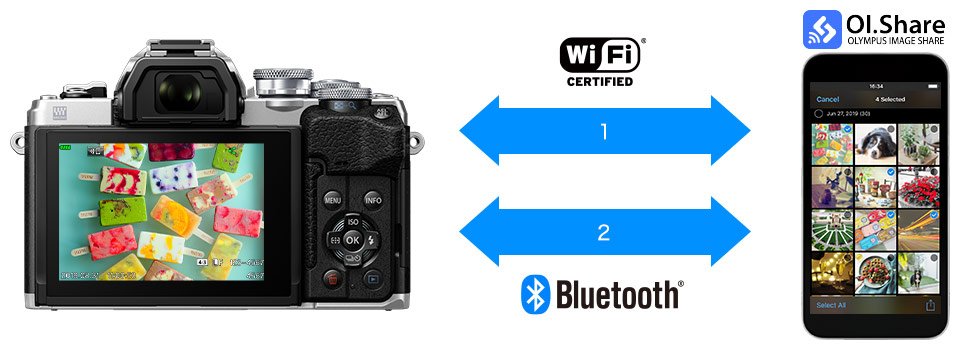
I am an Android user. It is really simple to use Bluetooth with an Android phone.
The setting is not complicated. First, you have to set Wi-Fi / Bluetooth standby after shutdown, in the menu of the camera. I choose to be select is it standby because I like to decide what to do. Later, you have to allow automatic transmission in the O.I. Share Apps.
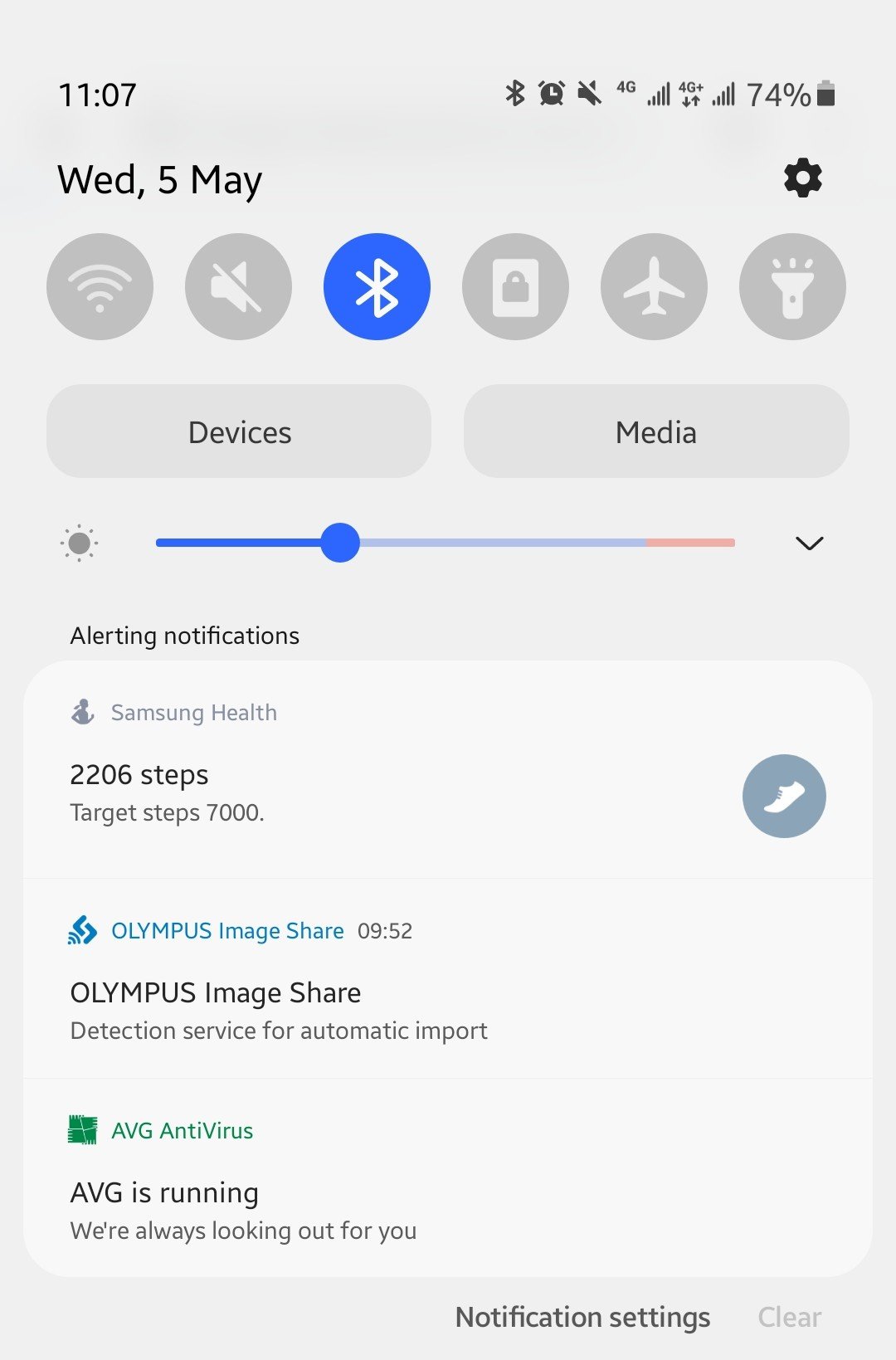
The camera should be paired with the phone. Now the O.I. Share will run in the background. What you need is just to make sure Bluetooth always on with your phone.
You can select the photos you want to transfer to your phone with the “Share Order” settings in the replay mode. The photos will transfer to your phone with the order you set. Please remember that only E-M1 and E-M5 series can share RAW files. E-PL and E-M10 series are JPEGs only.
O.I. Share Apps will automatically find the camera after it is switched off. Then the photo will be transmitted.
Is it able to counterattacking smartphones?
The shooting quality of Smartphones is getting better and better, while benefit from the introduction of photo-stacking technologies such as HDR+ and A.I. processing. Cameras with bigger sensors are slower in processing speed so it is difficult to use the same technologies. However, 4/3 format got a better balance between speed and frame size.
The HDR capabilities offered by earlier cameras were mainly used for dealing with environments with high contrast. Olympus introduced the LiveCOMP function from the first-generation E-M1, which is another use of the stacking technique. In the latest generation, the High-resolution mode is advanced to be able to handheld, while the LiveCOMP has evolved into LiveND too. Olympus cameras allowed to save the HDR photos with RAW output. Since Olympus’ shock-proof technology has become the industry’s premier, it is now feasible to lead the functions of the smartphone into the cameras. In addition, Olympus cameras got pleasant color management and popular Art filters. Someones think that the quality between M4/3 cameras and smartphones is less but it not true.

The smartphone is convenient to share photos after shooting. Olympus answers with the automatic transmission function. If you used E-M1s or E-M5s, you can transfer RAW files and then post-process with LR or other Apps to ensure better output. For the users who have already abandoned computers, it is also a nice workflow option.
Maybe it is still not comparable to smartphones. However, just like what I said in the beginning – you still have your reasons to shoot with cameras.
Is it only advantages?
It is still not a perfect solution.
- After shutting down the camera you have to wait for a quite long time, at least 30 seconds. Also if your phone has connected to the home Wi-Fi it will have a chance to confuse with the camera signals.
- The Wi-Fi speed of cameras is not fast enough. If you have a large number of photos to transmit, maybe you have to wait for a long time.
- O.I. Share Apps can only pair with one camera. It will be better if I can pair with two or more and let me select between them. if you can pair well and then select the camera every time, you can save each pairing, Nevertheless, it is not slow with scanning QR code.
- It is nice if it allowed to instantly transfer when shooting.
Finally, I am disappointed with the limitation of the only JPEG restriction. I am using advanced level OM-Ds and I want to purchase an entry-level for daily life record however it just gives JPEG. It is not enough for me.

In the Smart Era
With the powerful smartphone, it is easy to shoot. I don’t think types of equipment are restricted to photography. As long as you use the equipment correctly, you can always get good photos. Photographers always have their workflows. Perhaps someones are expert with mobile photography but still, someone remains committed to using a camera. It is nice to learn one more method and maybe you will find a better way in your shooting life. In the Smart Era, I think we have to choose more intelligently.
I have spent much money so why don’t I completely use all the functions?
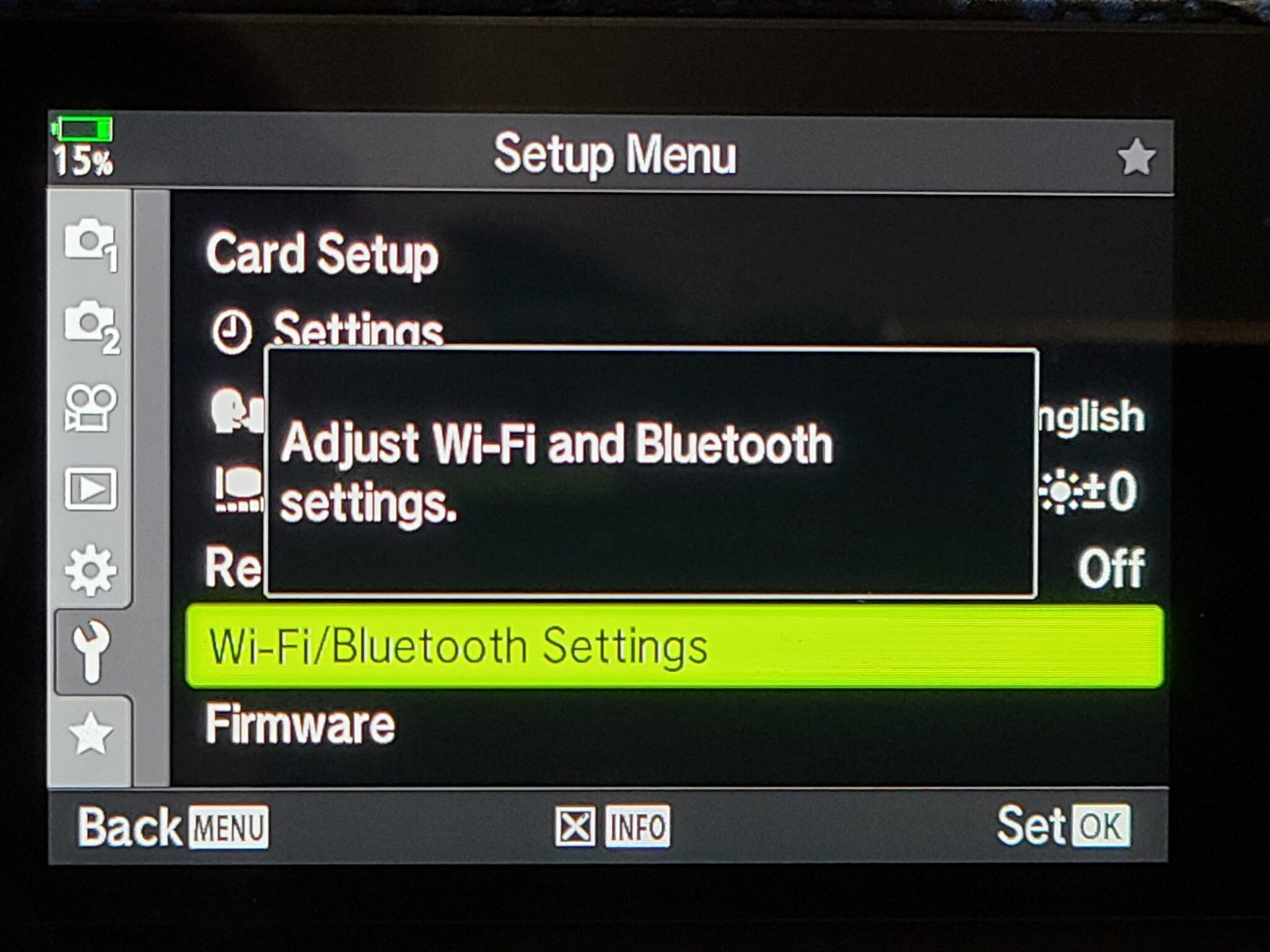
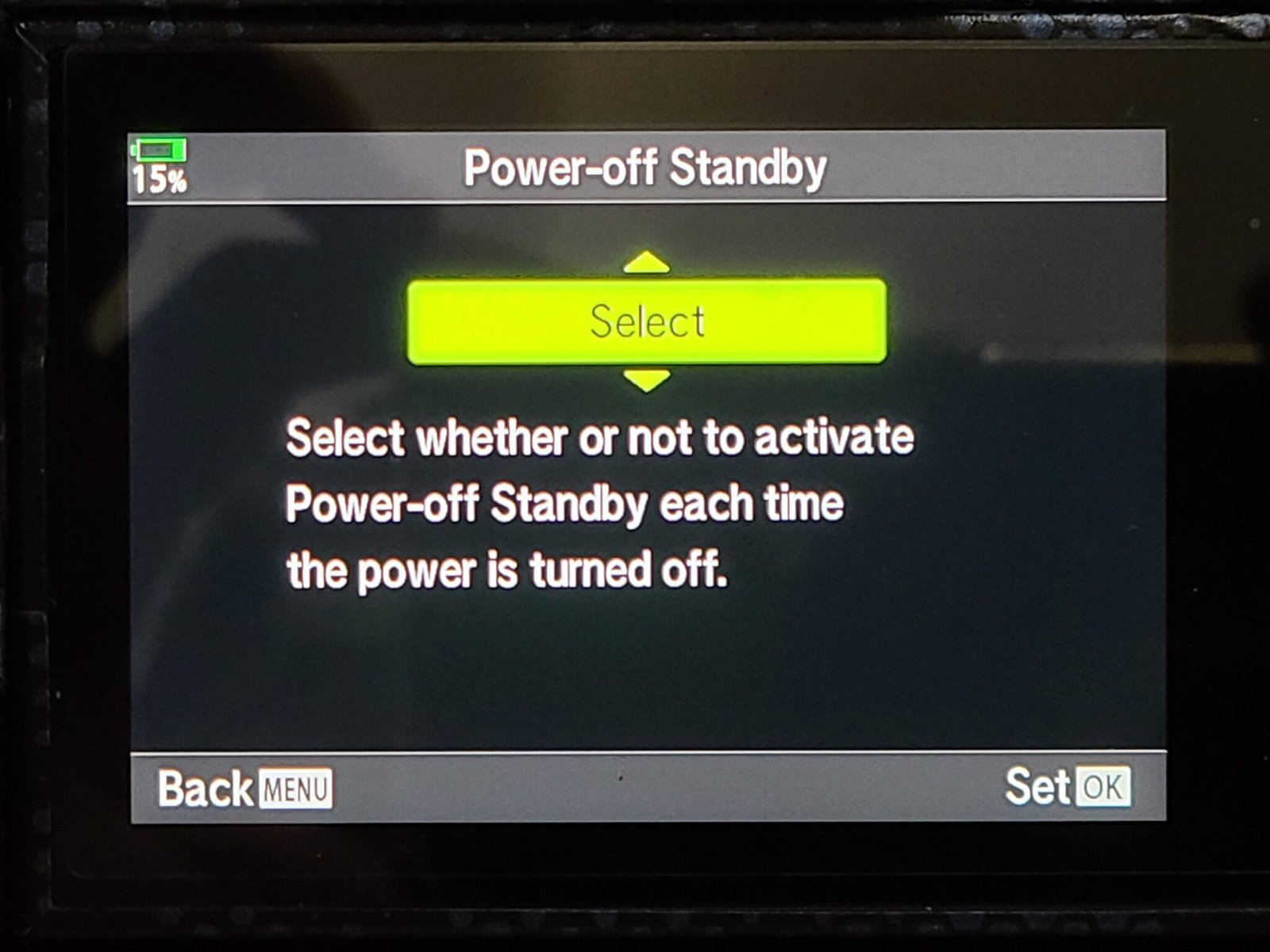
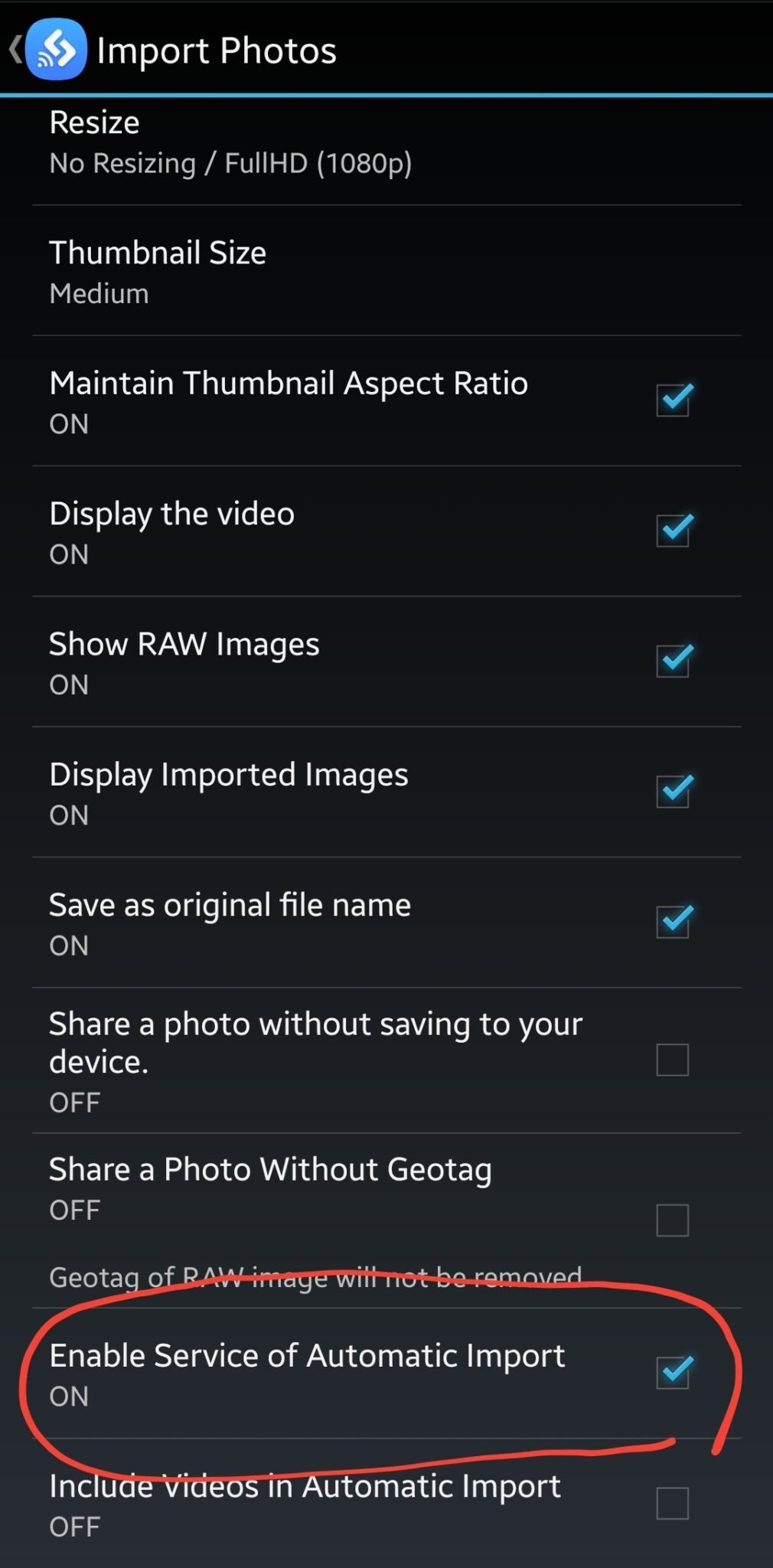
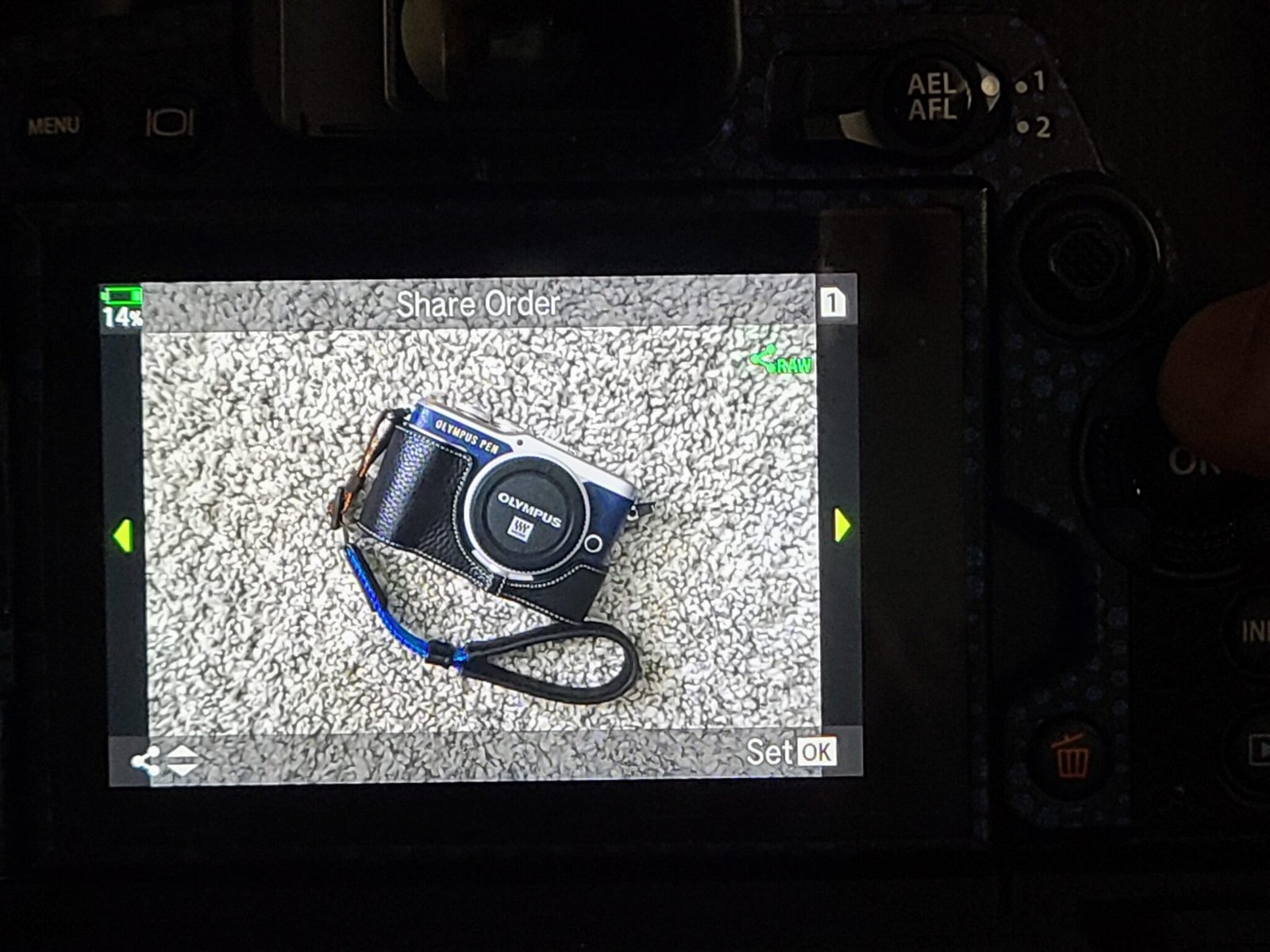
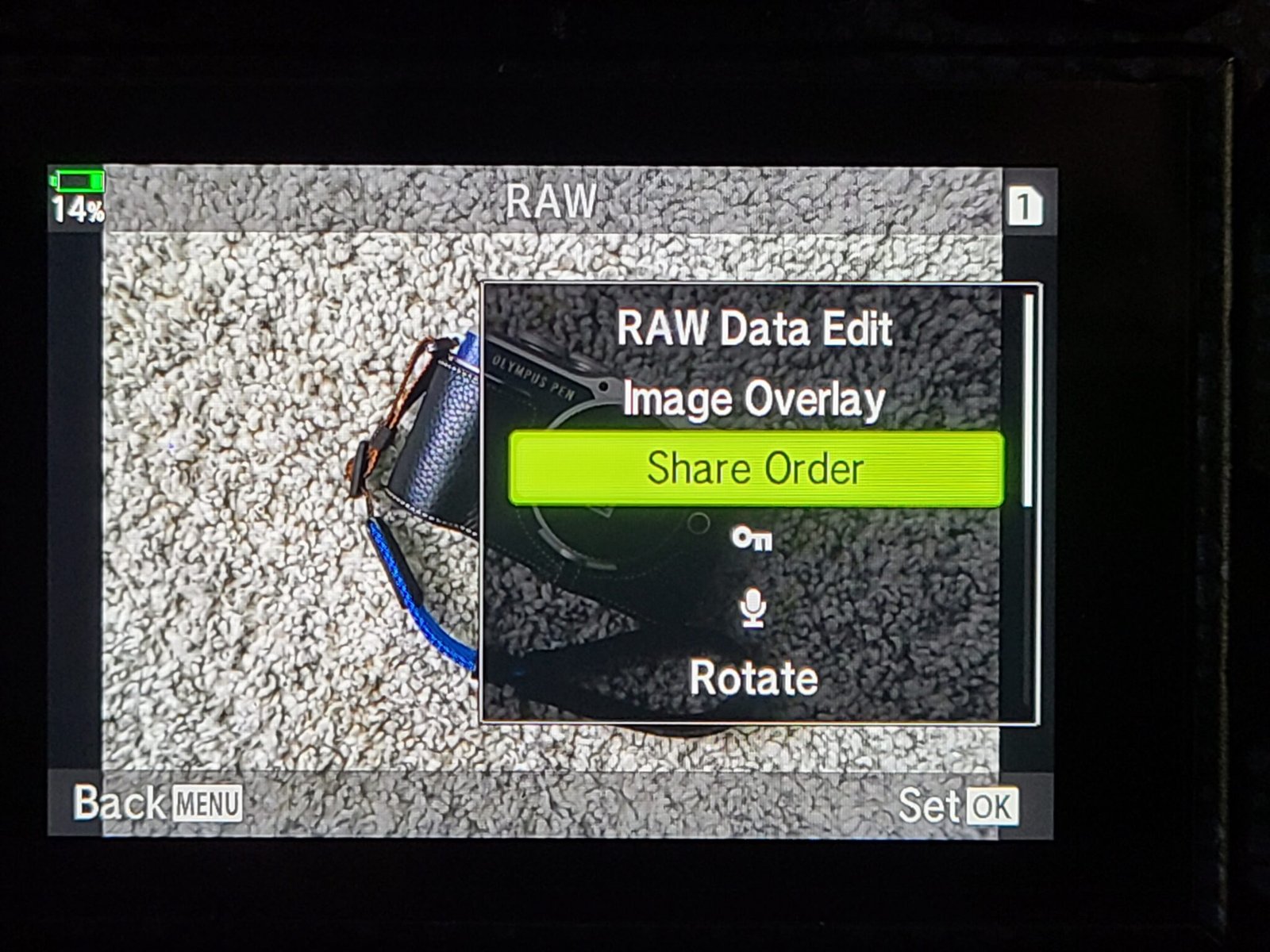
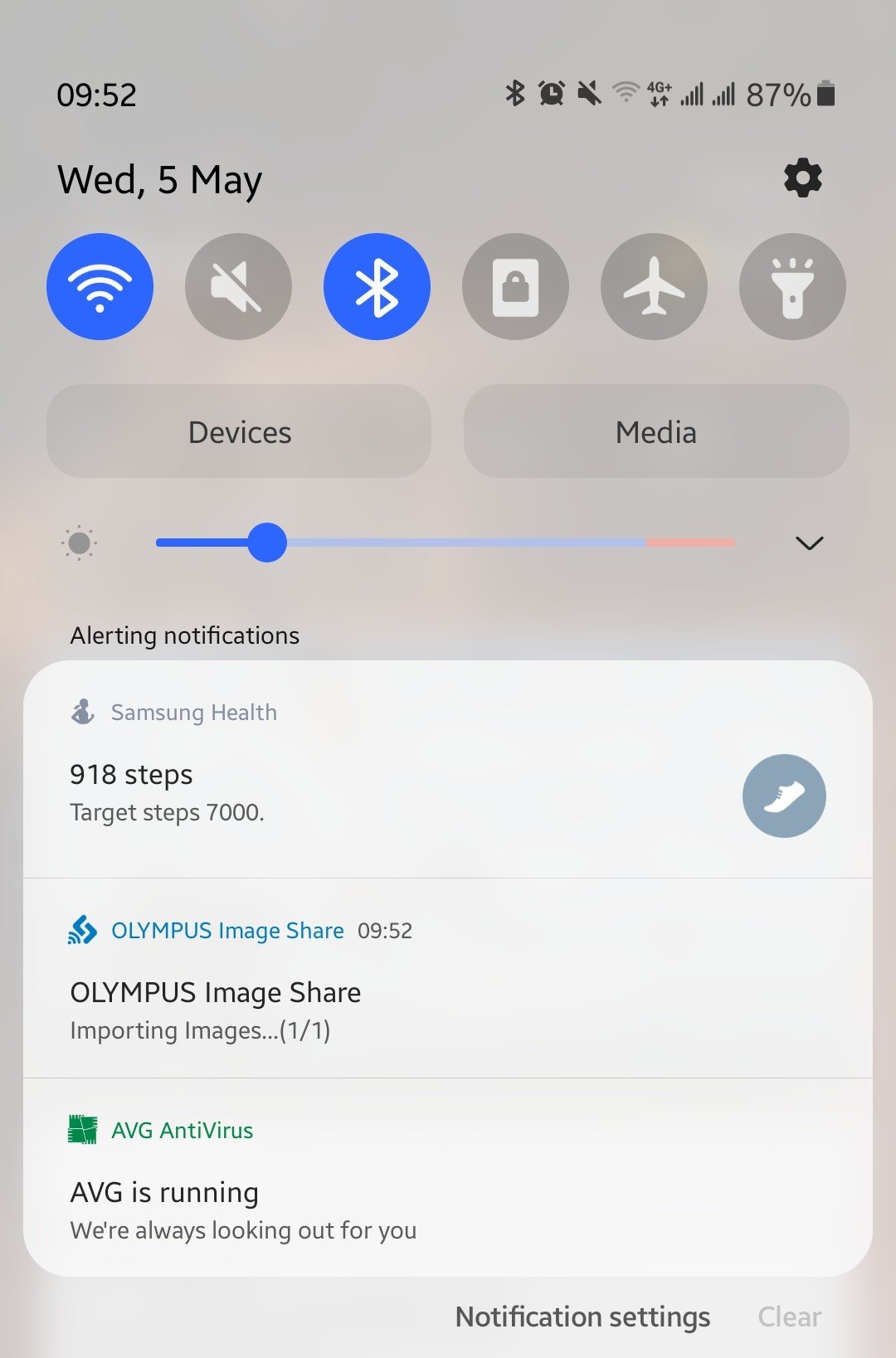
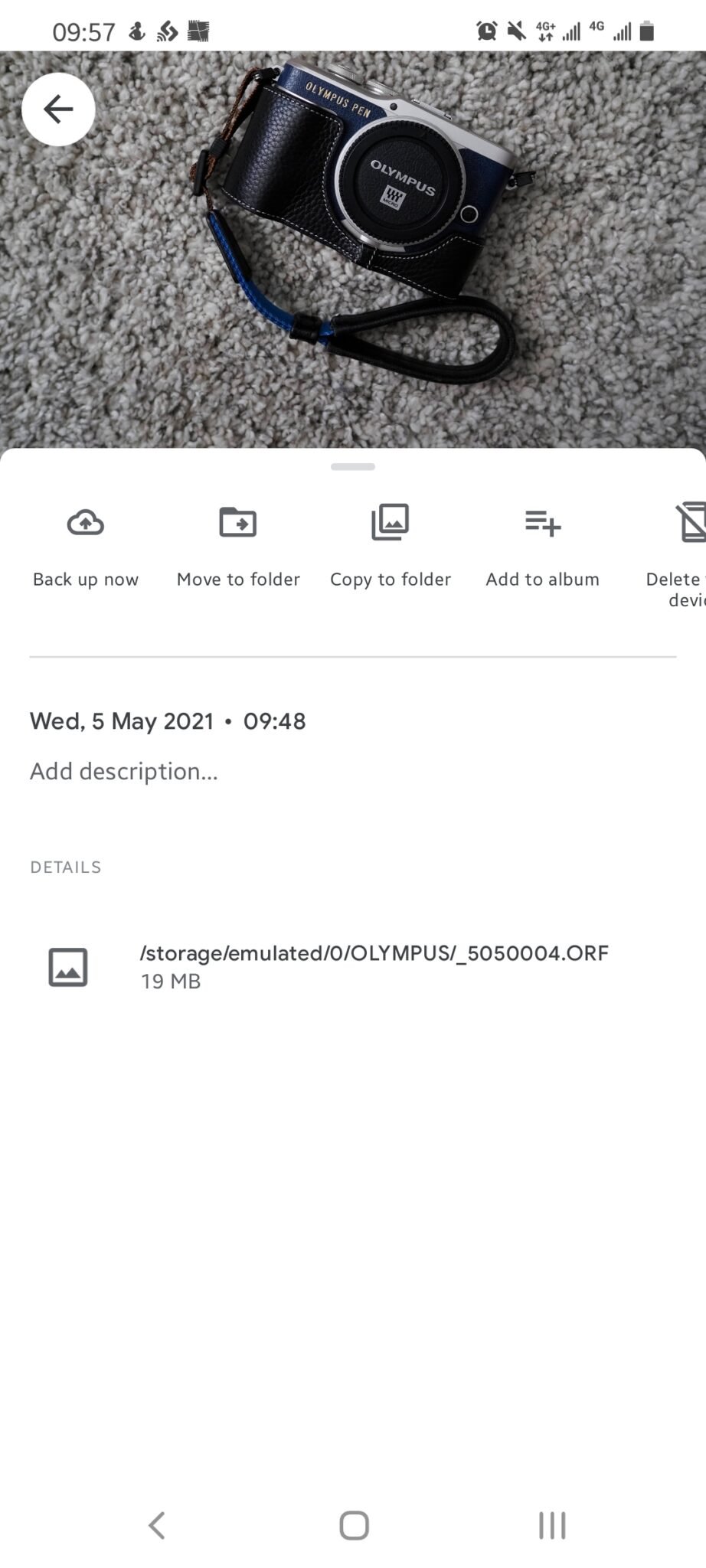
Leave a Reply